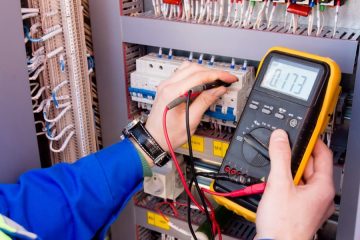New Energetic Ways to Install Wood Flooring

Installing wood flooring is a great way to enhance the look and value of your home. Traditionally, hardwood flooring was installed by nailing or stapling planks to the subfloor. However, there are now several new and innovative ways to install wood flooring that are more efficient and easier to do.
New and Energetic Ways to Install Wood Flooring
Floating Installation Method
The floating installation method involves interlocking the planks together without attaching them to the subfloor. This method is ideal for DIY projects because it is easy to install, requires minimal tools, and can be completed quickly. Floating floors can be installed over any flat and sound subfloor, including concrete, plywood, and existing hardwood flooring. Additionally, floating floors can be disassembled and reinstalled elsewhere, making them ideal for renters or those who frequently move.
Glue-Down Method
The glue-down method involves attaching the planks directly to the subfloor using an adhesive. This method is ideal for concrete subfloors, as it creates a strong and durable bond. The glue-down method is also suitable for high-traffic areas or rooms with moisture, such as bathrooms and basements. However, this method requires specialized tools and can be more time-consuming than other installation methods.
Click-and-Lock Method
The click-and-lock method involves interlocking the planks together without the use of adhesive or nails. This method is ideal for those who want a DIY-friendly installation method that doesn’t require specialized tools. Click-and-lock floors can be installed over any flat and sound subfloor, including concrete, plywood, and existing hardwood flooring. This method is also easy to repair, as individual planks can be easily replaced if damaged.
Nail-Down Method
The nail-down method involves nailing the planks to the subfloor using a nail gun or hammer. This method is ideal for those who want a traditional and timeless look for their wood flooring. The nail-down method creates a strong and durable bond, making it ideal for high-traffic areas and rooms with moisture. However, this method requires specialized tools and can be more time-consuming than other installation methods.
Peel-and-Stick Method
The peel-and-stick method involves applying adhesive to the back of the planks and sticking them directly to the subfloor. This method is ideal for those who want a quick and easy installation method that doesn’t require specialized tools. Peel-and-stick floors can be installed over any flat and sound subfloor, including concrete, plywood, and existing hardwood flooring. However, this method may not be suitable for high-traffic areas or rooms with moisture.
Magnetic Installation Method
The magnetic installation method involves attaching the planks to the subfloor using magnetic strips. This method is ideal for those who want a quick and easy installation method that doesn’t require specialized tools. Magnetic floors can be installed over any flat and sound subfloor, including concrete, plywood, and existing hardwood flooring. Additionally, magnetic floors can be disassembled and reinstalled elsewhere, making them ideal for renters or those who frequently move.











